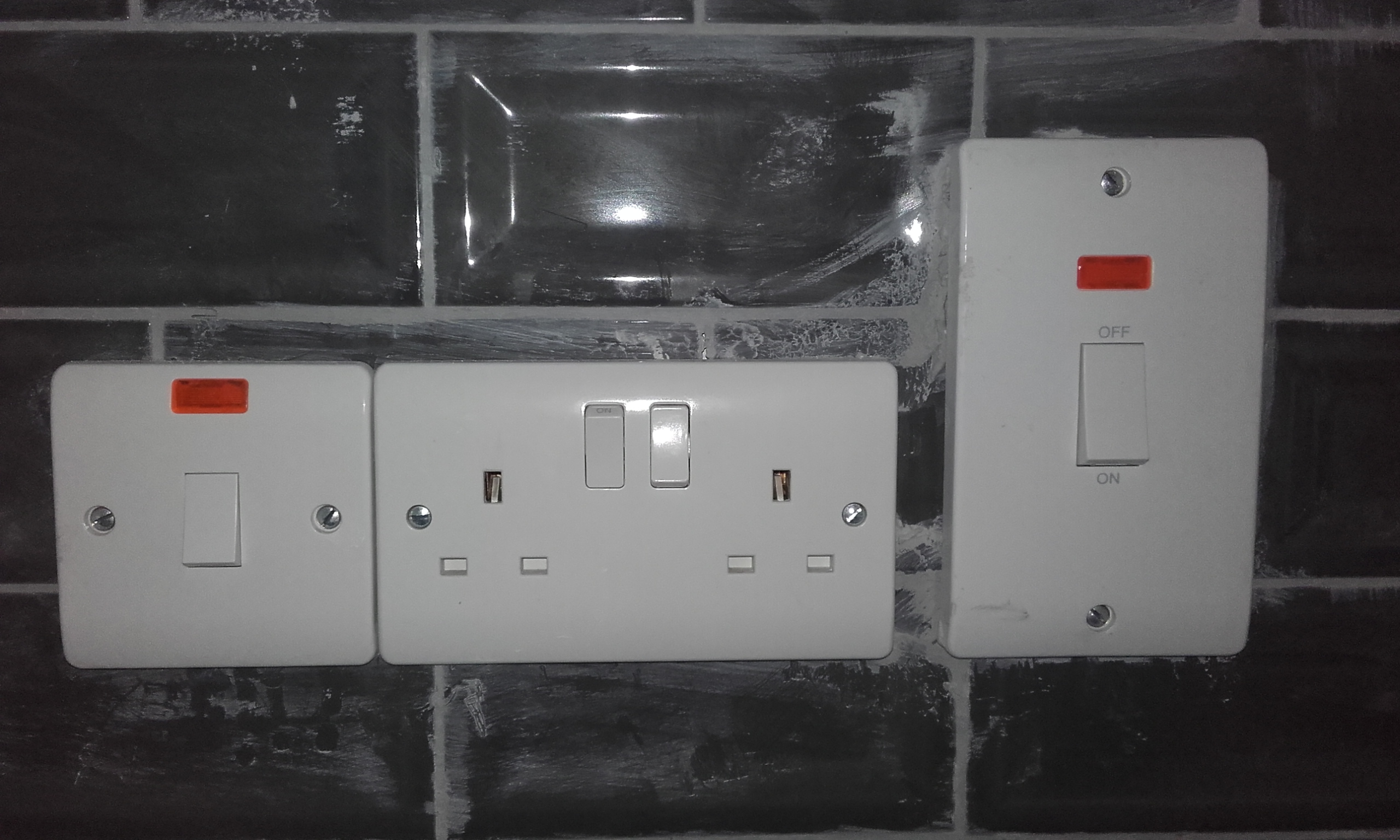
19 Feb DO I NEED A SNAG LIST?
There is only one possible answer to this question and that is YES! The next question you should be asking yourself is “Why do I need a snag list prepared”? The answer is simple: Because there are potentially so many faults (snags) in your new property that you just will not be able to see them and will only notice them when you have been living in your new home and slowly but surely one by one you will come across them.
Unfortunately, when you try to get these problems resolved it could prove to be a nightmare, it may turn out that your builder is too busy or just does not want to do them, after all he has been paid and as we all know trying to get someone back after they have been paid is next to impossible.
A properly produced snag list will detail every conceivable fault in your new home. This snag list should be prepared before you make your final payment on your property. A copy will be provided for both you the client and one for your builder / developer. The builder should then act to rectify the points on the list and inform you when they have been corrected. A professional person, who prepares a snag list for you, should also liaise with the builder on any points that he may be disputing to get these resolved to a satisfactory conclusion.
In my 39 years experience in the construction industry, having worked as a tradesman, foreman, finishing foreman and main contractor, I have come across a lot of very poor workmanship which seems to go un-noticed most of the time. House buyers are just so relieved to finally get into their new home that they sometimes do not see a lot of these problems and end up spending more money getting them fixed further down the line.
Here are a few examples of some snags I have come across:
- Mains water stopcock under the kitchen sink not readily accessible: These are sometimes covered in by the kitchen unit. Just imagine you have a leak in your house, the first thing you should do is head straight for the stopcock (which is usually located under the kitchen sink), to stop the flow of water into your house, you open the door of the sink unit and spend valuable time trying to find the stopcock which unknown to you is hidden behind the kitchen unit. This in turn leads to more damage to your property as you are not able to stop the water from coming into your house.
- Shower extractor fans: I’ve lost count of the amount of times I have gone into the attic spaces only to find these fans are not vented to the outside. They are just fixed to the ceiling and forgotten about, which means that the steam from your shower / bathroom is going directly into your attic space to attack your roof timbers, in time causing them to rot.
- I also recently came across a sewer pipe vented directly into the attic space. Not very nice when I opened the attic door!
- Toilet bowls and cisterns not attached securely to the wall or floor. This could lead to a collapse of one or the other, or indeed both, and this would cause the pipe work to break leading to a potentially costly water leak.
- Baths and shower trays not securely fixed to the wall or floor. This will lead to movement which in turn will lead to the grouting or silicone seal moving and cracking which then lets water through to the ceiling below
- Electrical earth bonding of the copper pipes in the house, I have come across houses which do not have any earth bonding of the pipe work. By law, both the gas and water pipe work in your house should be connected by earth bonding connectors to the main earth terminal at the consumer unit. Also, the metallic elements in your house (pipes, light fittings etc.) should be bonded by means of bonding clamps. If in the future you decide to undertake any diy changes on your heating or plumbing system and are using the now more common plastic fittings, it is vital that you restore the earth bond across the joint, which has now been broken by the use of the plastic fitting.
- Manholes also known as AJ’s, (access junctions). Because these are in the ground and have a lid on them house buyers tend to walk over them and automatically assume that they are fitted correctly and are free running. Unfortunately, this is not the case. I have lifted AJ covers to find them with bricks inside, bits of cardboard boxes, insulation, sand, gravel and other debris. This will stem the flow of waste water through the pipe work which in time will result in the pipe work blocking, your toilet will not flush properly and you will have to go and rod the pipes! Believe me, a job you would only want to do once in your life.
- Another common problem is the concrete floors in a house are not being laid level. This results in your dining table and chairs wobbling, skirting boards running downwards, steps at junctions between rooms, tiles / timber flooring not sitting properly, etc.
These are a few of the more common problems which will be pointed out in your snag list, there are hundreds more.
You may be asking the question “why are there so many snags in a house”? To this question there are many answers. One of these is that some tradesmen and builders show little or no care or attention to details. They go into a house and literally throw up the work, get paid and then wave GOODBYE!
A lot of tradesmen do not think about the trades that follow on after them. They will cover over pipes and cables, put stopcocks or valves in the wrong positions, lay block work / brickwork neither plumb or level, heating pipes covered over with concrete that can’t be found again. All these things have a knock on effect to the eventual quality of the finish to your home that you are paying a lot of money for and which could have an adverse effect to the resale of the property in time.
I once commented to a plumber that the pipe work could have been fitted in a neater fashion. His reply was “It works don’t it, they want water in the tap, they got water in the tap”! Believe me; this pipe work was fitted like a bowl of spaghetti! This attitude to work is very common in the building industry. Only if you have good quality tradesmen or a foreman that knows his stuff, will you get a quality house constructed.
I hope this article goes some way to explaining the need to have a snag list prepared when purchasing your property. If you are purchasing a property and wish to have a snag list undertaken then please contact me – steve@snagliststeve.ie

No Comments